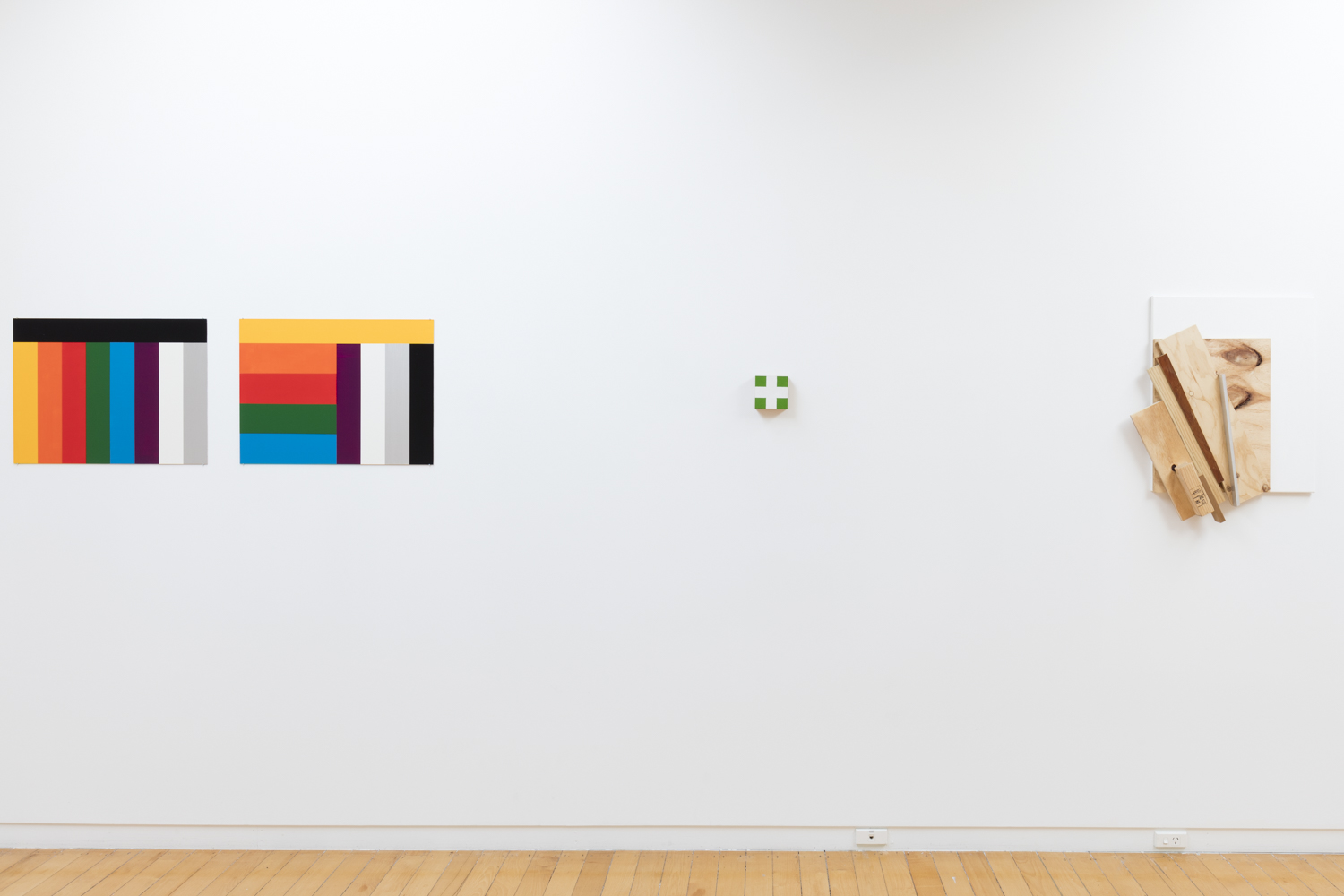John Nixon
EPW: Selected Paintings1
14 August - 19 September 2015
“This exhibition is an overview of various paintings from the past 30 years – works situated within the lexicons of minimalism and maximalism. It presents examples from a number of different series with either simple or complex formal structures. The paintings selected from numerous groups and have been randomly placed side by side encouraging a view of their individuality. The method of constructing or building a painting has, in the most recent works from 2014 and 2015, enabled me to exceed the limits of the rectangle, to create paintings of dynamic shape and structure through layering and accumulation of a diversity of materials. Through the materiality of all the works in the exhibition, the non-objective joins with the concrete and real within an abstract realm. The 18 selected mid sized works are strategically exhibited at eye level in a strong continuous linear frieze along all walls to create a solid visual zone, engaging both mind and eye. This display format has been chosen for this particular exhibition, but at a different time, the works could also be shown alongside others from their groups to enhance an appreciation of the many variations within each singular theme.” John Nixon, Auckland, August 2015
1. EPW: Selected Paintings continues the artist’s interest in the various acts and meanings associated with, and derived from, notions of ordering, categorising, and sorting. The acronym EPW refers to the notion of an Experimental Painting Workshop and has been used in the title of many of Nixon’s exhibition projects since 1994. By transforming the gallery into a ‘workshop’ for his artistic ‘experiments’, Nixon does not adhere to preconceived ideas about the final look of the show. By contrast, he chooses to respond and react to the specifics of the location with elements of light, scale, size and colour having a determining effect on the end result. “The EPW is not a physical workshop, it is an intellectual proposition, and as such it can be carried out in situ in any world city where various local objects and materials are often used in the production of the works for exhibition.” John Nixon, Sydney 1993.
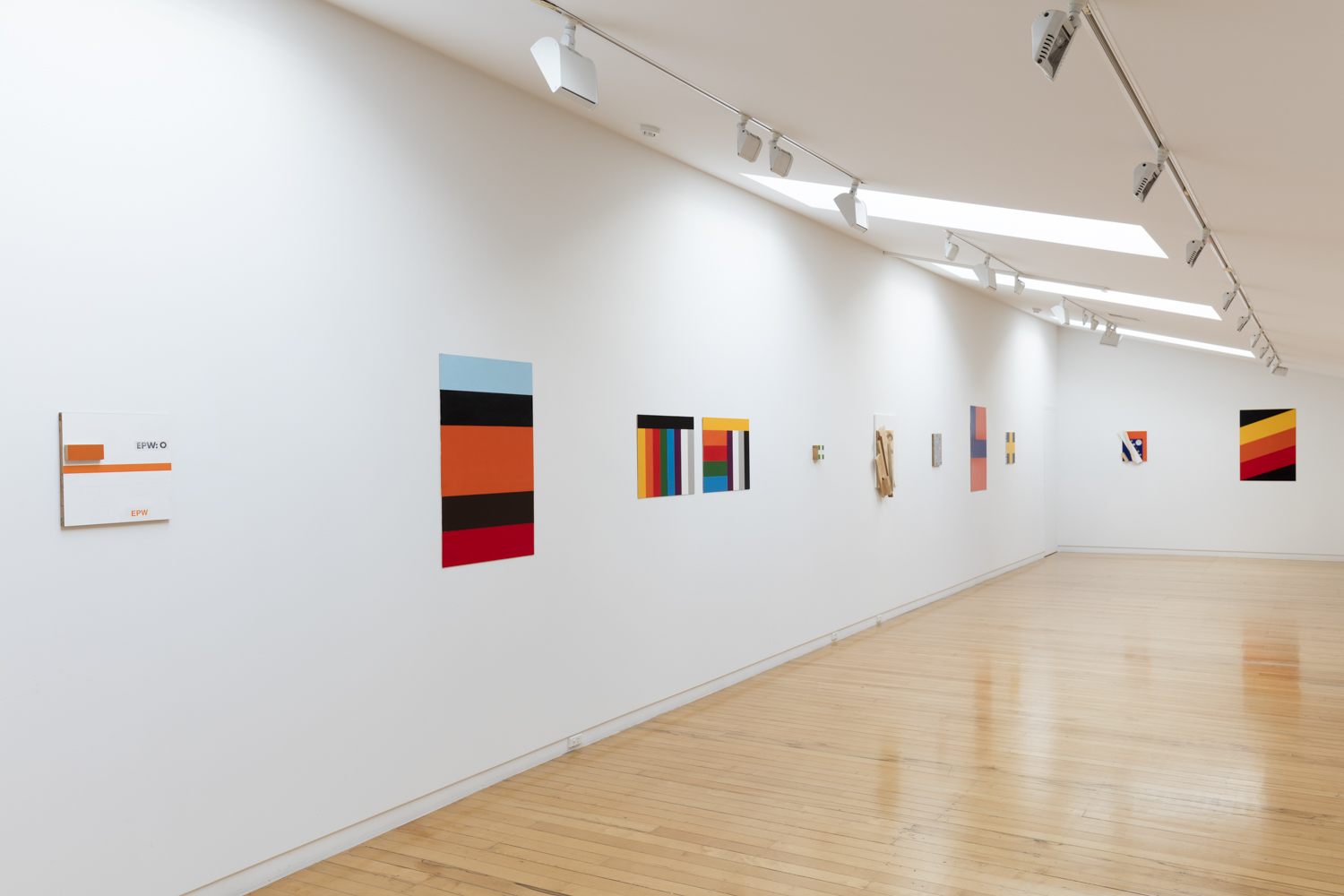
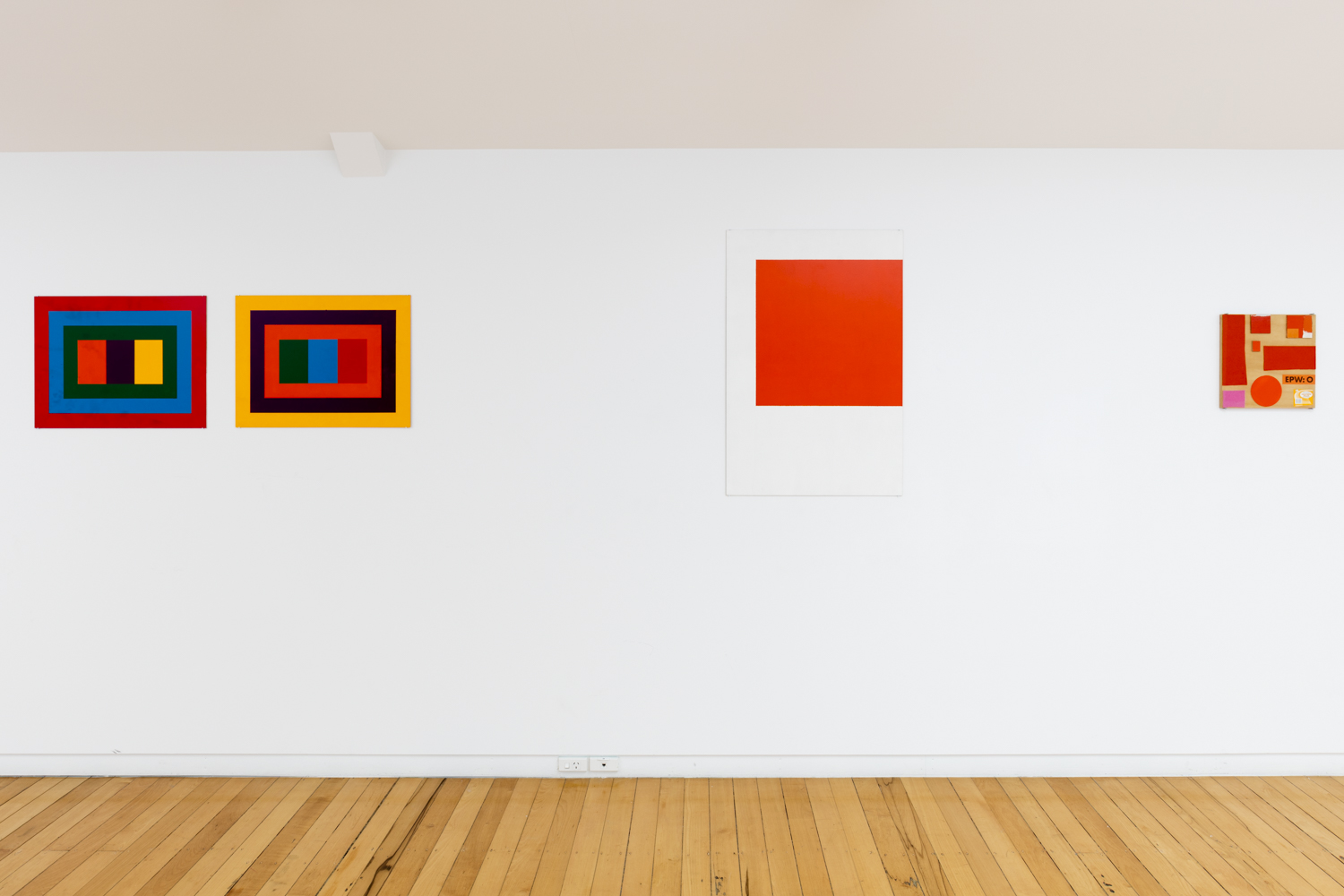
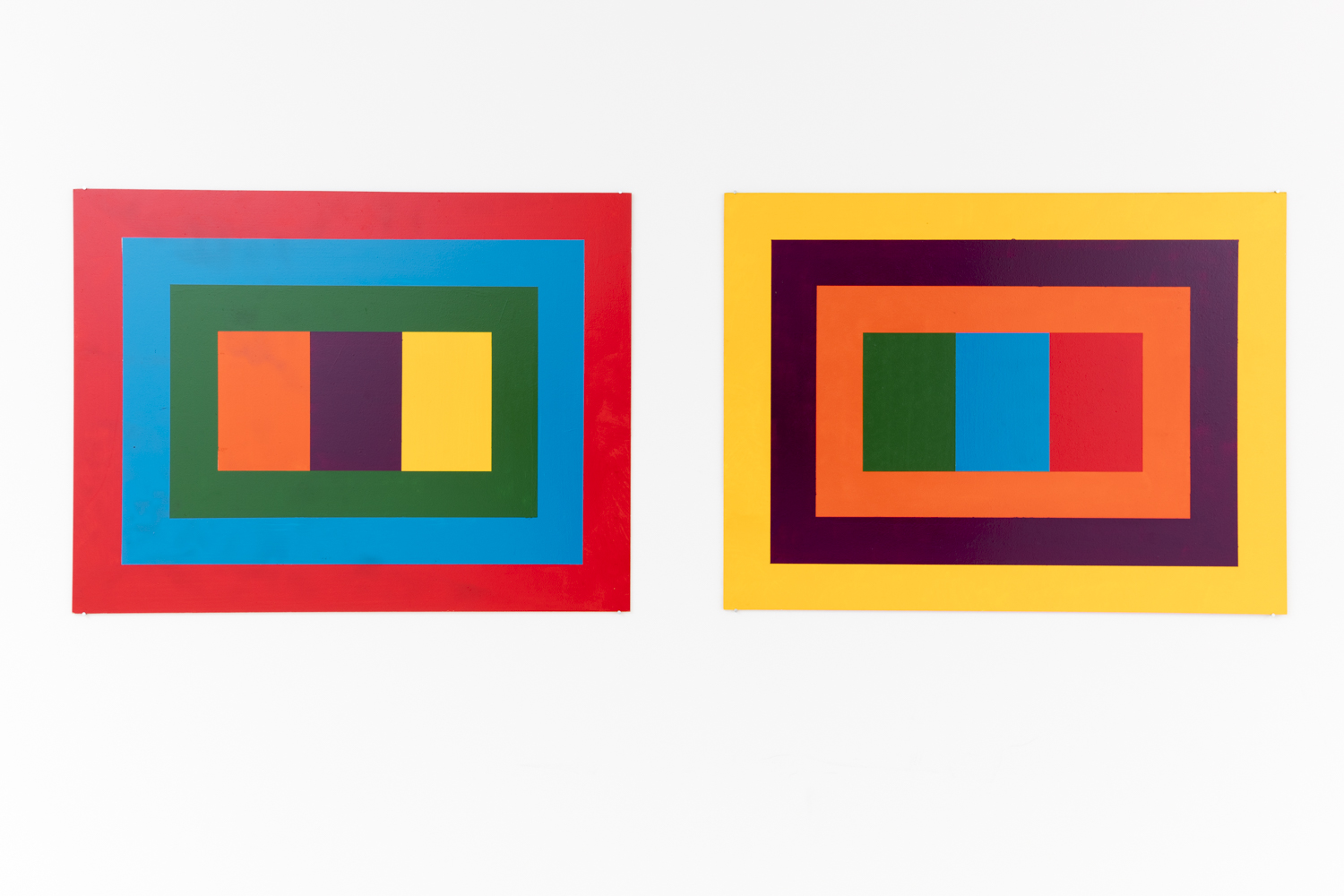
Enamel on MDF
450 x 600 mm
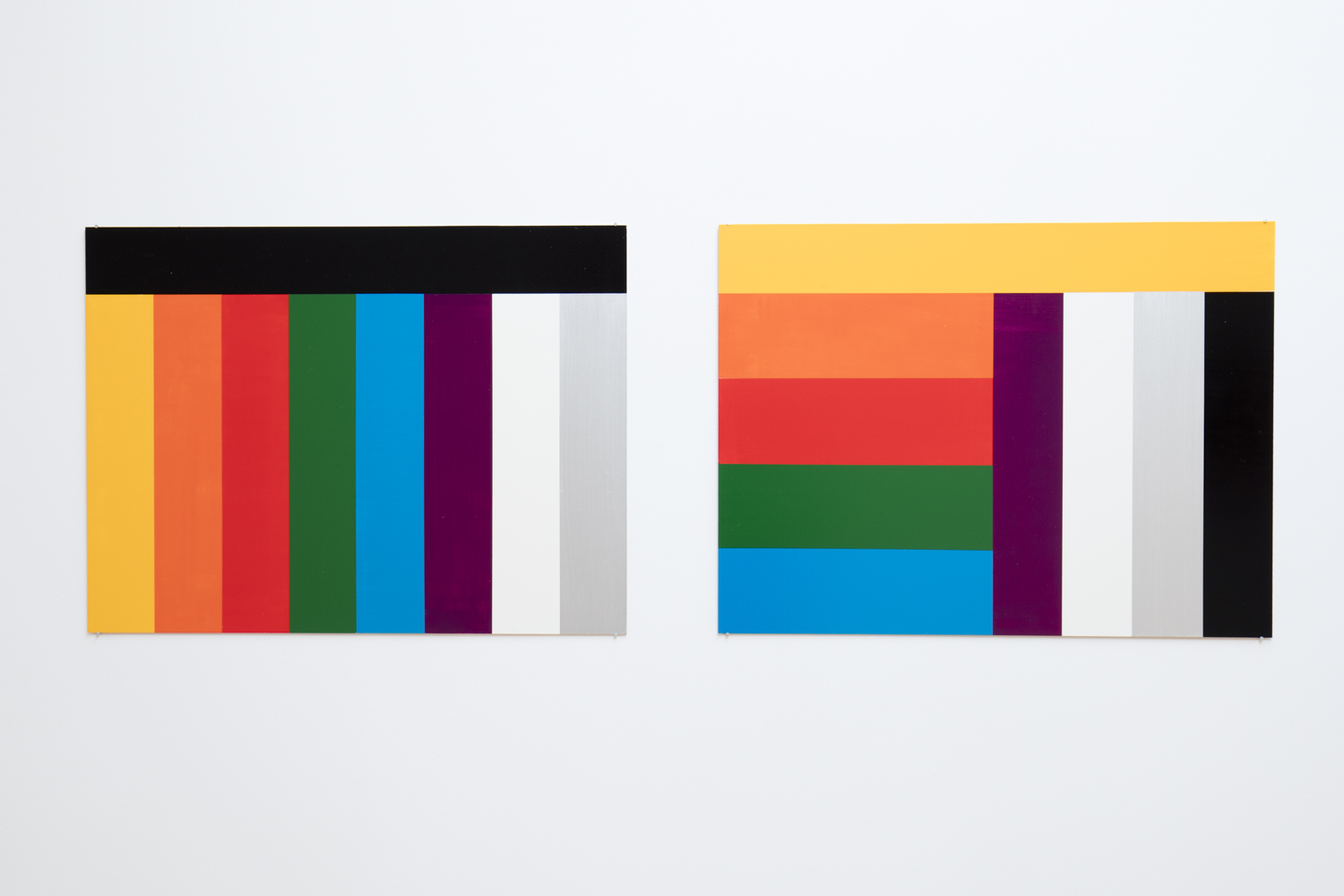
Enamel MDF
450 x 600 mm each
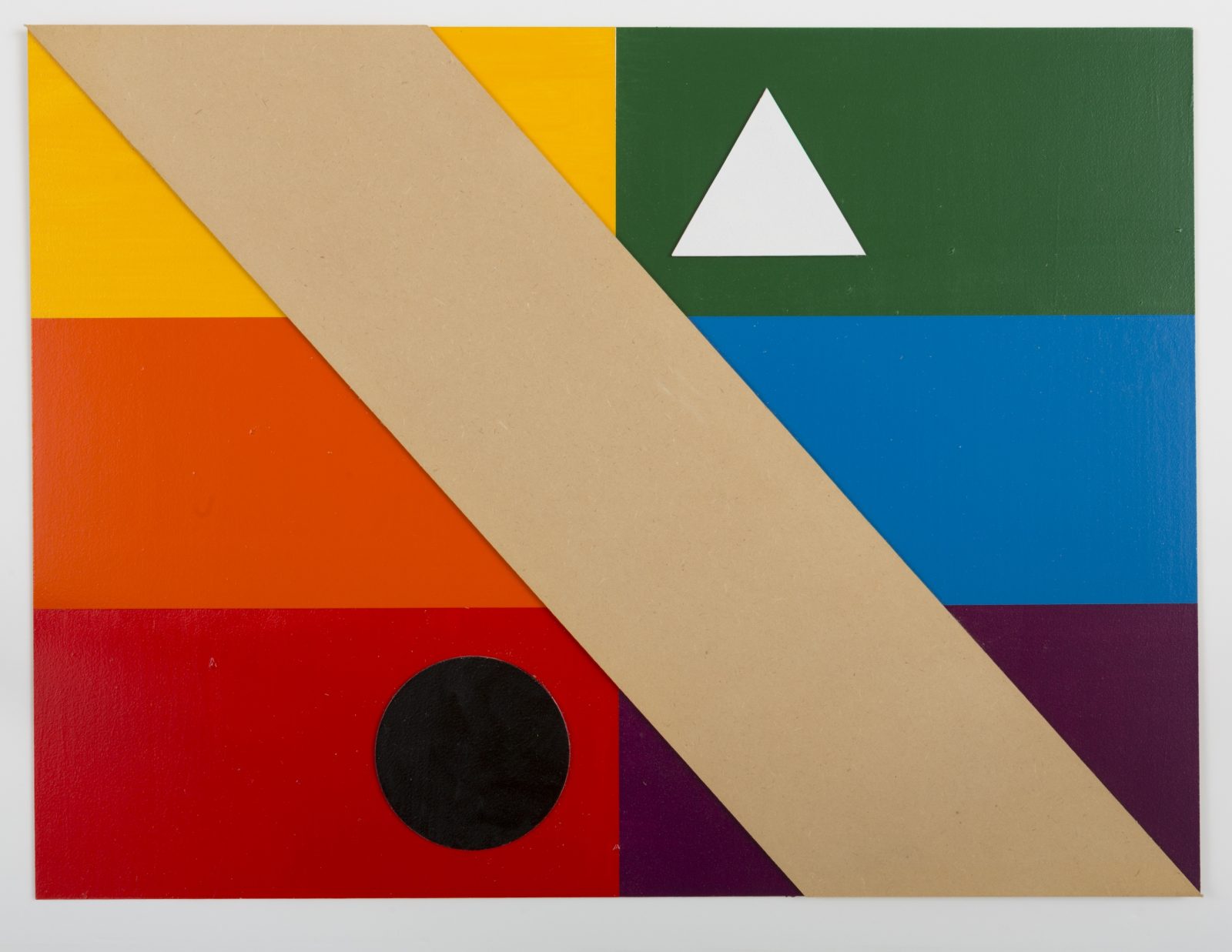
Enamel and mdf on mdf
450 x 600 mm
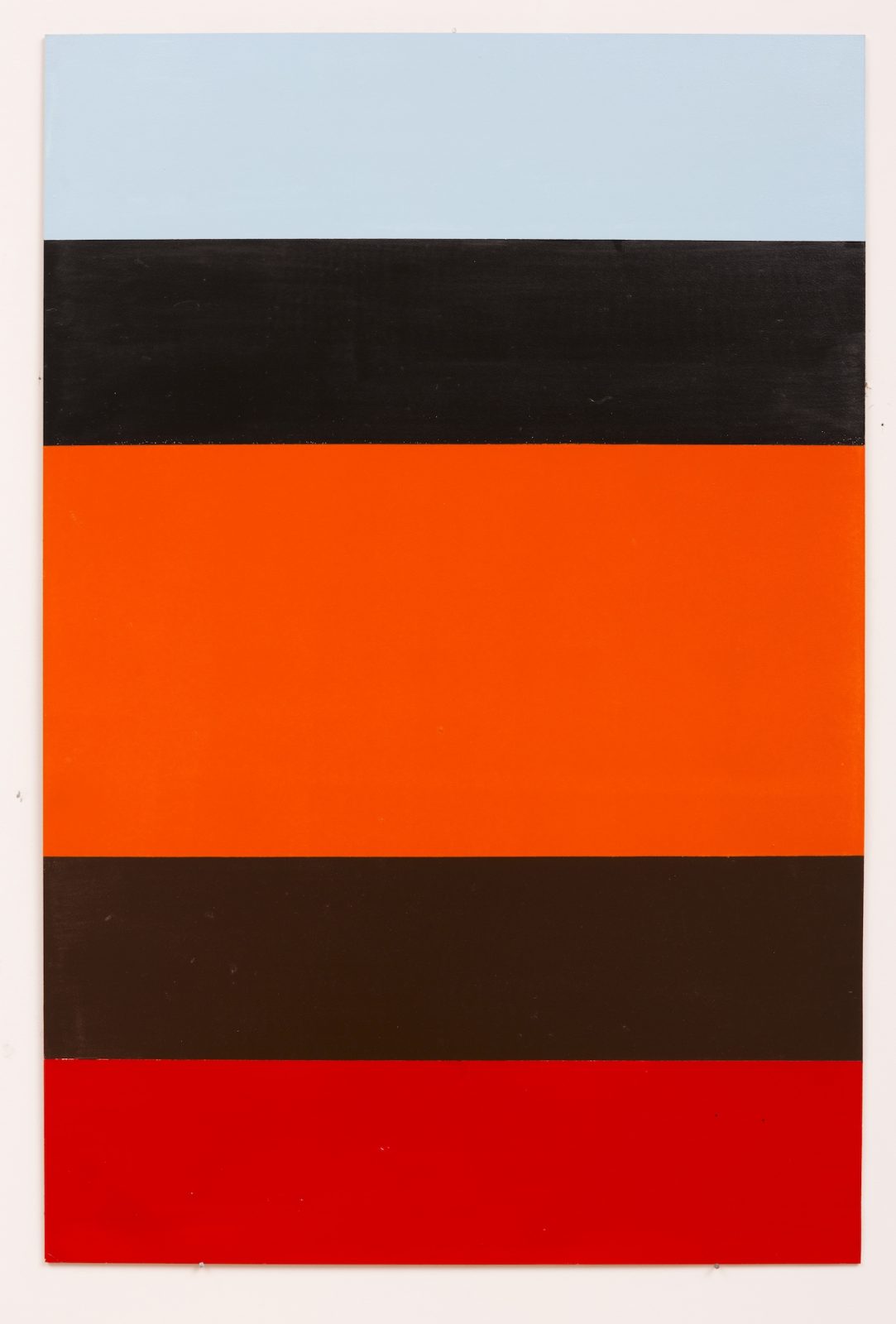
Enamel on MDF
900 x 600 mm
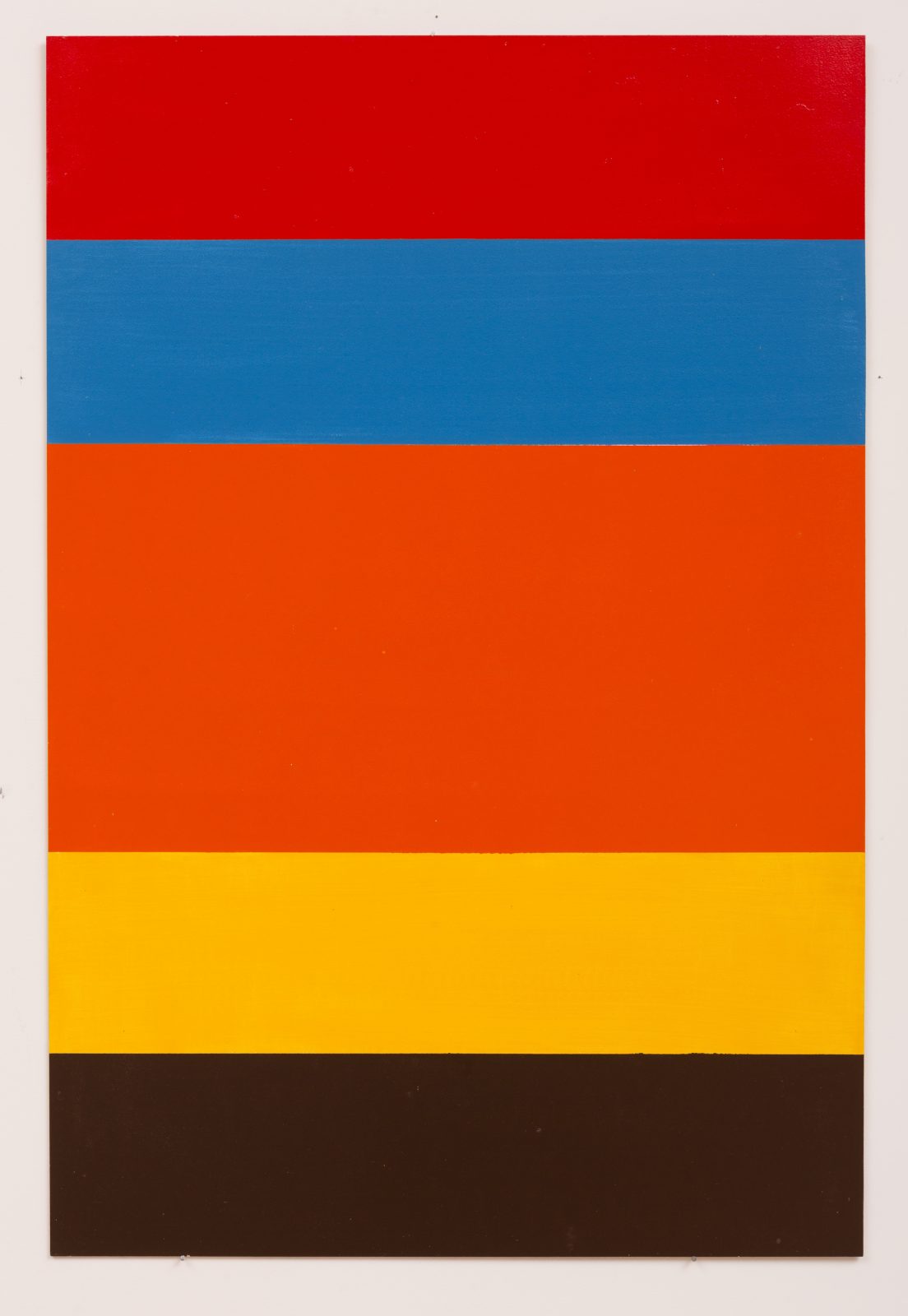
Enamel on MDF
900 x 600 mm
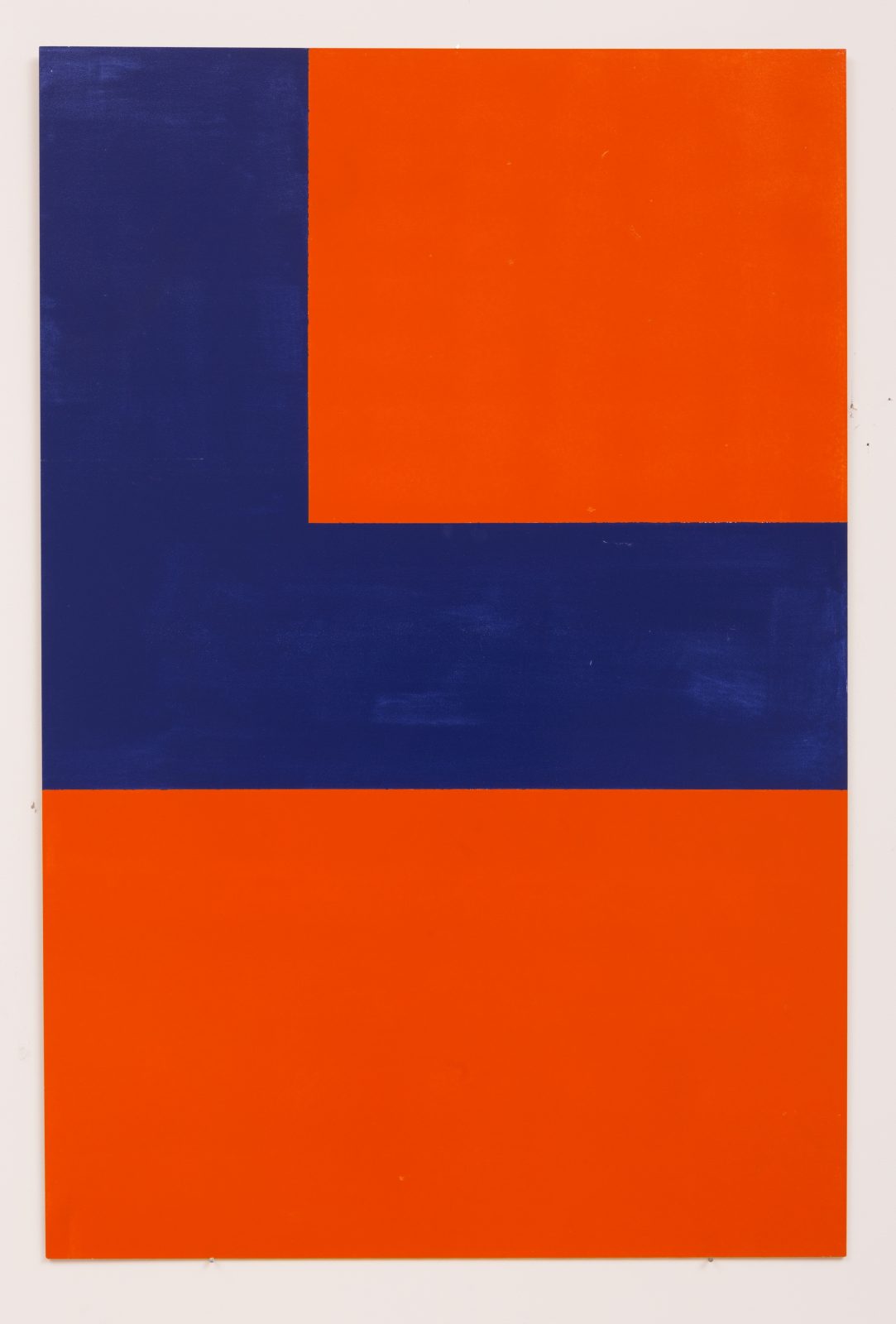
Enamel on MDF
900 x 600 mm
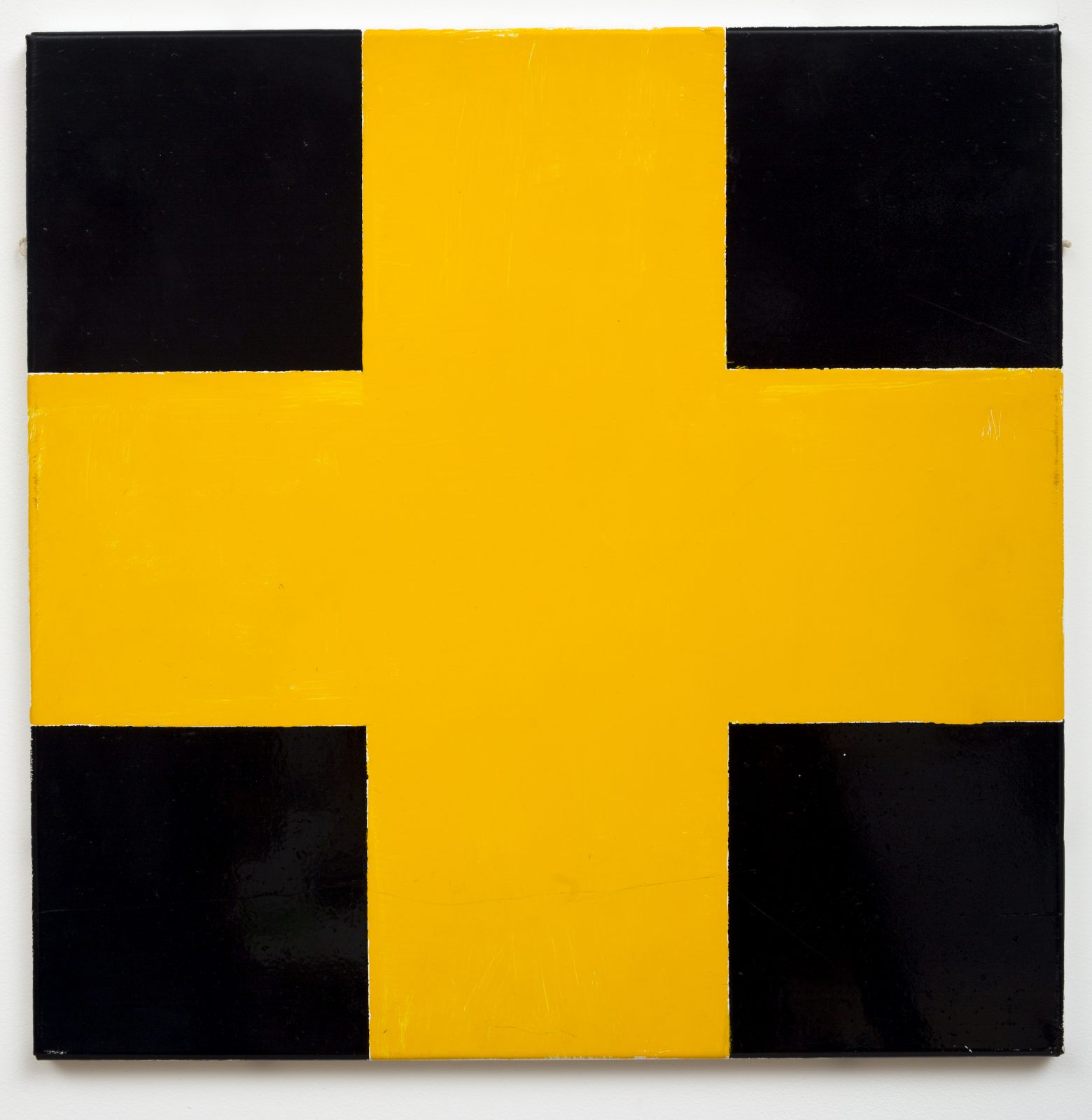
Enamel on metal
370 x 370 mm
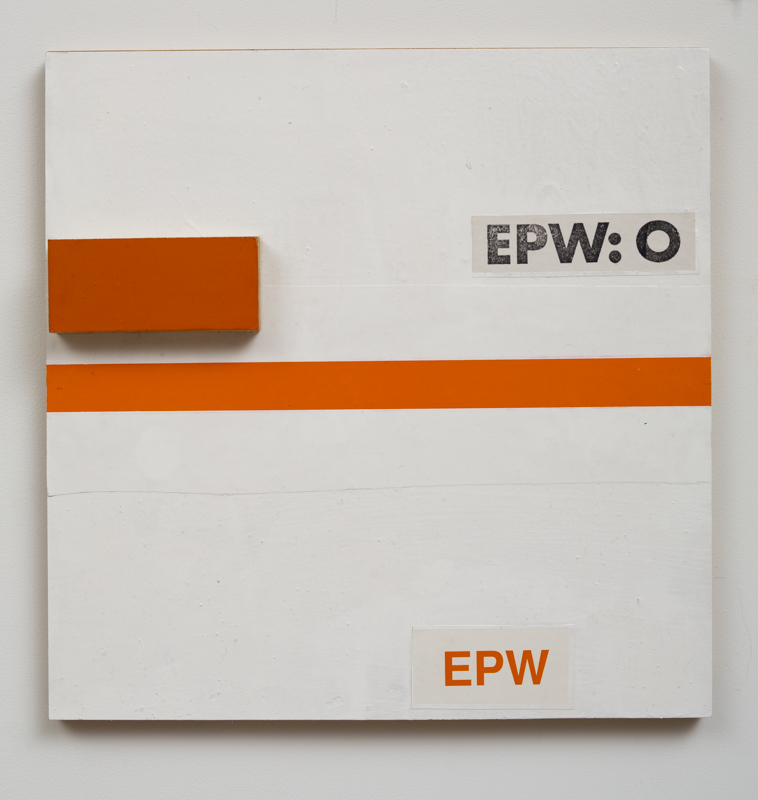
Mixed materials on plywood
320 x 320 mm
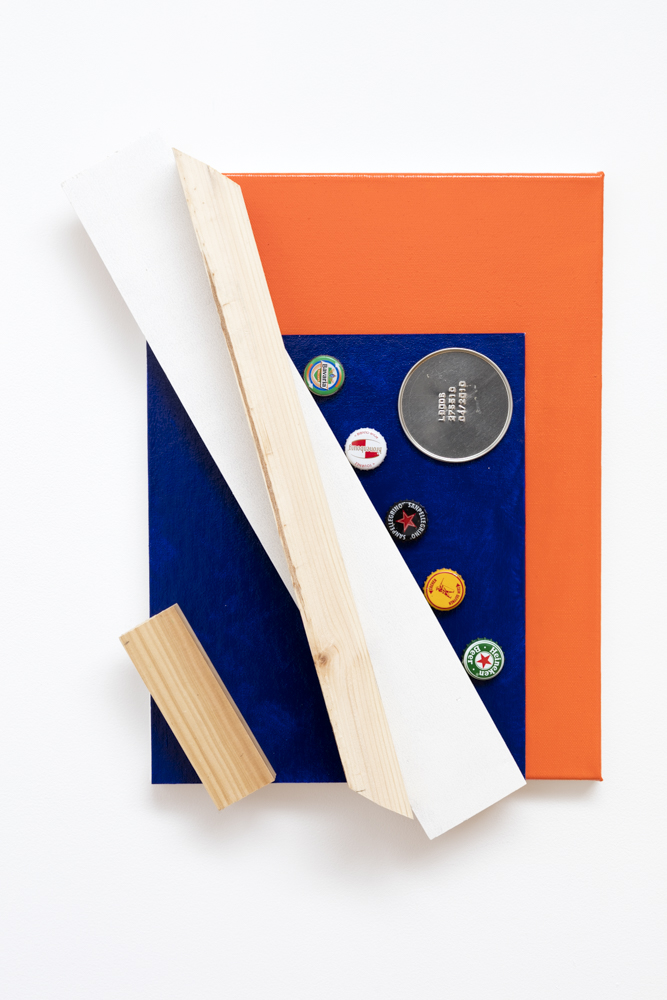
Enamel and mixed materials on canvas
470 x 350 mm
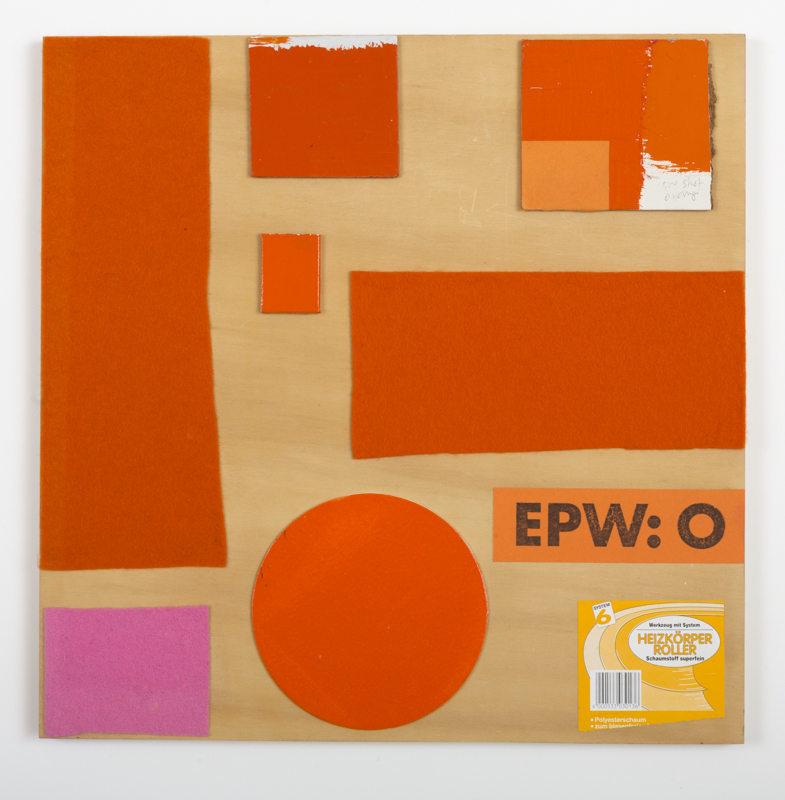
Mixed materials on plywood 320 x 320 mm
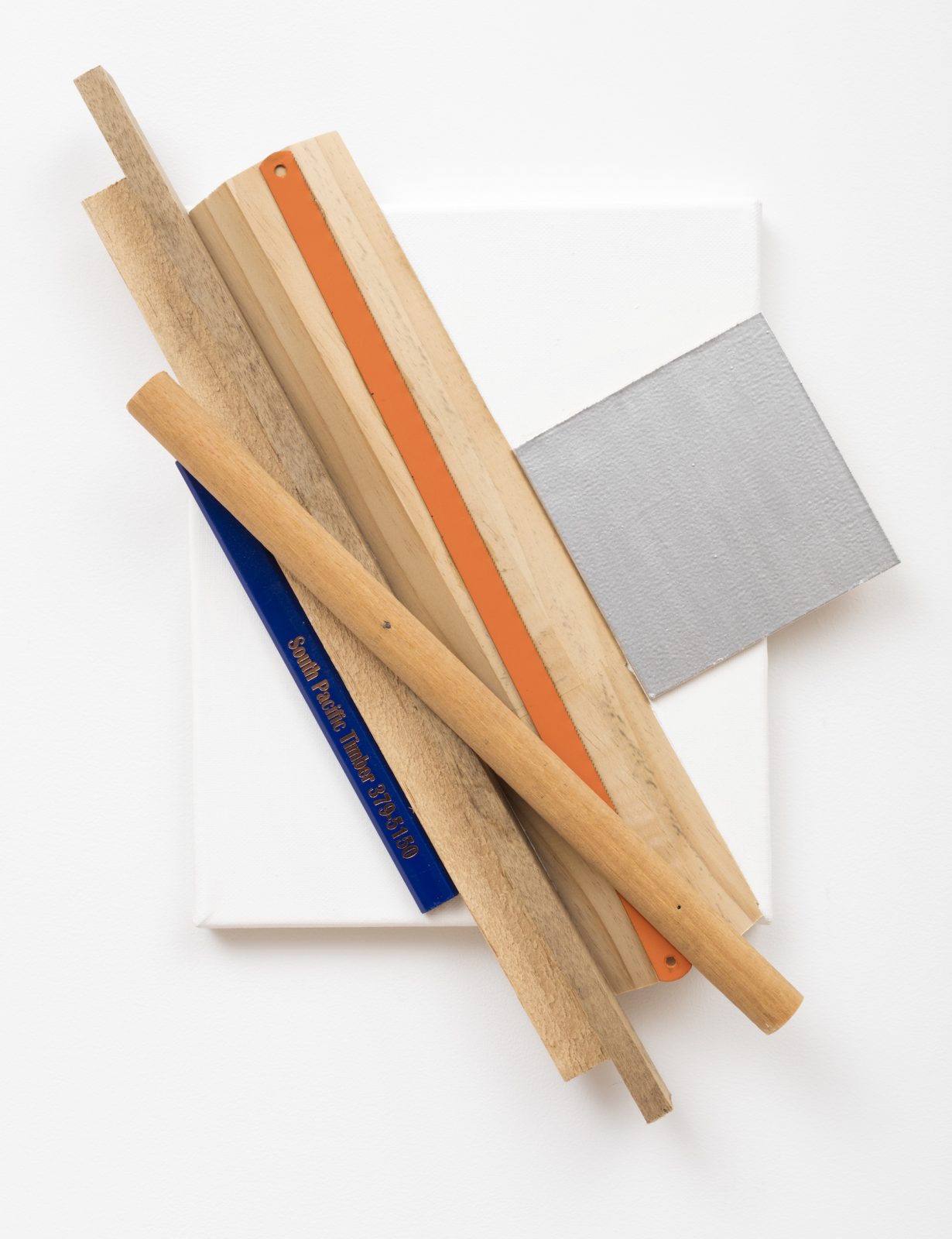
Mixed materials on canvas
360 x 270 mm
